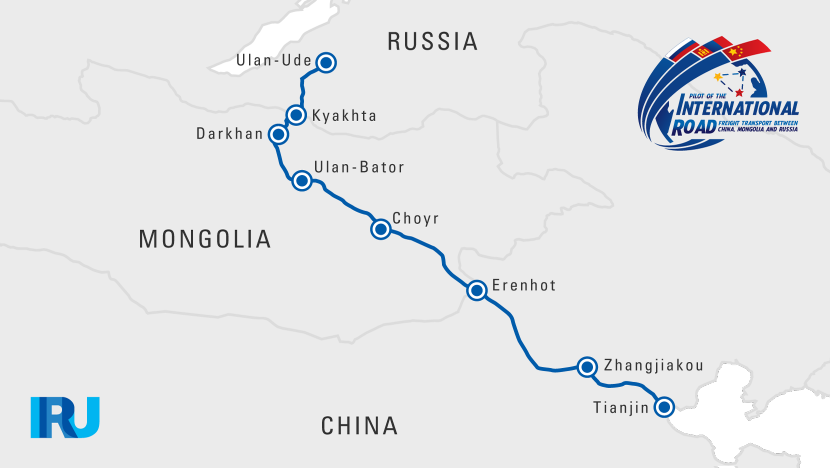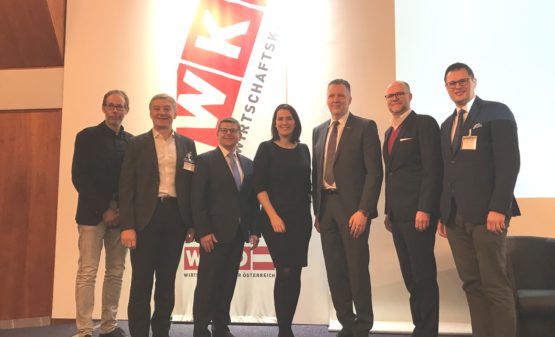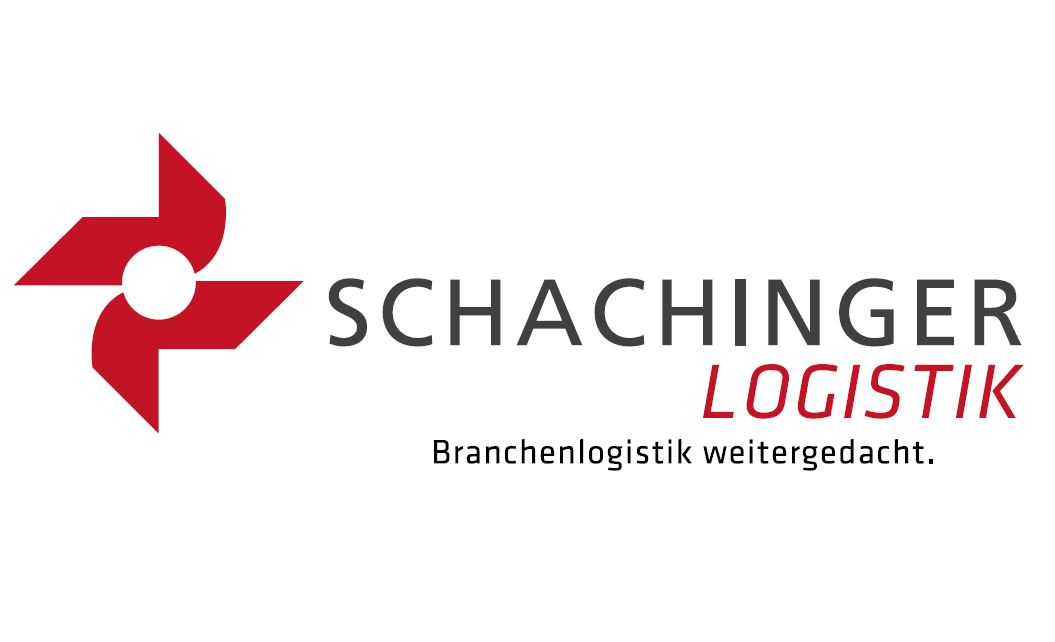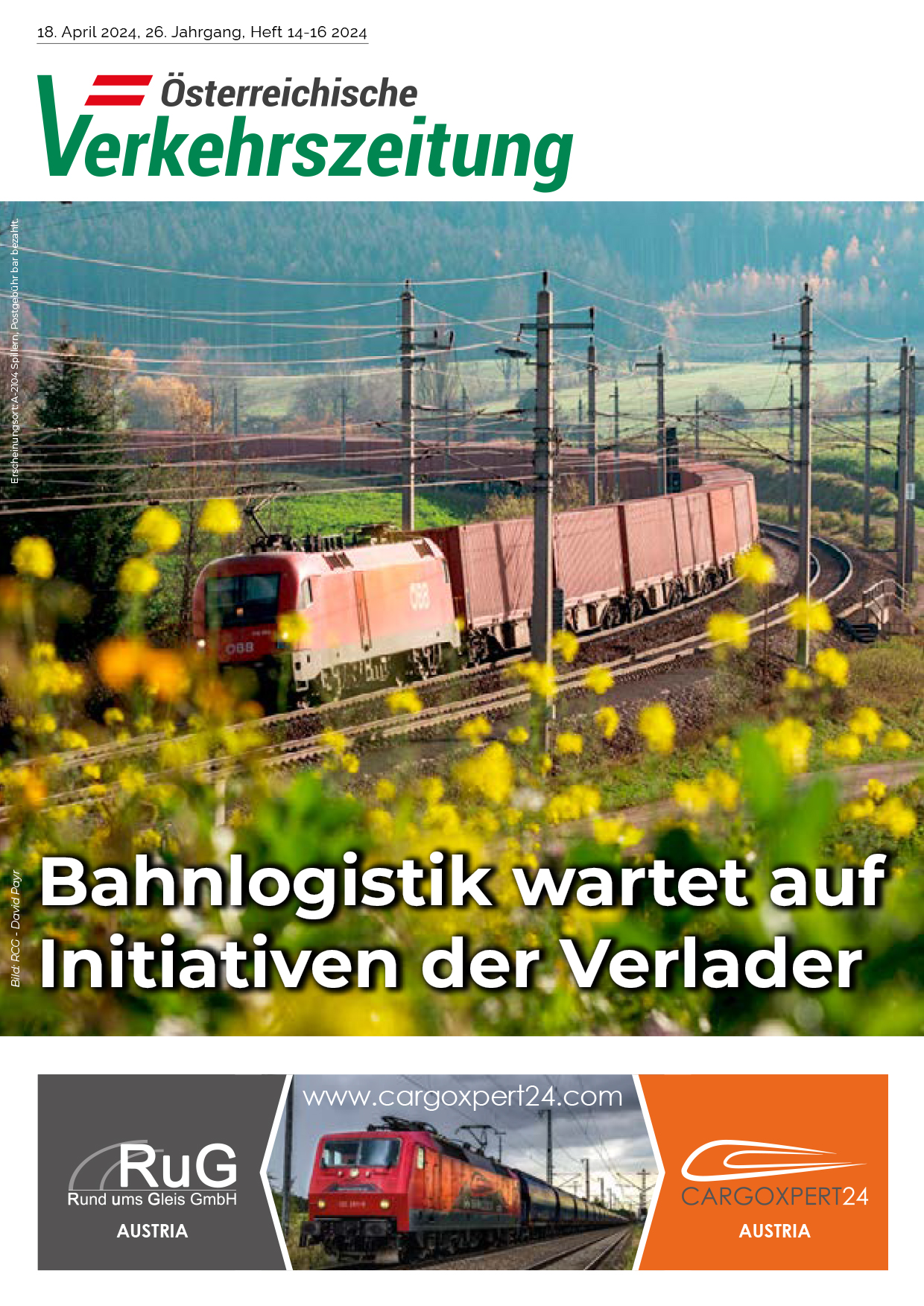The major overland trade route between China, Mongolia and Russia has been tested last week, ahead of the upcoming implementation of the TIR system in China. The 2,200km route has been assessed with a caravan of nine trucks travelling together over seven days, three each from China, Mongolia and Russia.
China’s ratification of the UN TIR Convention last month has put a spotlight on this strategic trade route and its potential for regional development as well as facilitating trade between Asia and Europe.
“This caravan is an important step in realising the benefits that TIR will bring to this important trade corridor, and for investment and economic growth in communities along its route and beyond,” said Umberto de Pretto, IRU Secretary General.
Goal of the carvan was to evaluate infrastructure, amenities and security for truck drivers along the route, test border crossing facilities, and strengthen cooperation between China, Mongolia and Russia on transport, trade and environmental issues.
Organised by the transport ministries of the three countries, and supported by IRU, the caravan was launched in Tianjin by three deputy transport ministers – from China, Mongolia and Russia. The caravan has been run under the auspices of the United Nations Economic and Social Commission for Asia and the Pacific, and its Asian Highway Network programme.
Beginning in Tianjin, the largest port in northern China, the caravan passed across Mongolia to reach Russian transport hub Ulan-Ude, lying on the Trans-Siberian Highway with onward access through to Europe.
The TIR Convention will enter into force in China in January 2017, making border crossings faster, more secure and more efficient, reducing transport costs, and boosting trade and development. The world’s only universal customs transit system, TIR is already operational in Mongolia and Russia, as well as across Central Asia and Europe.









